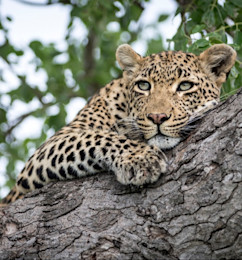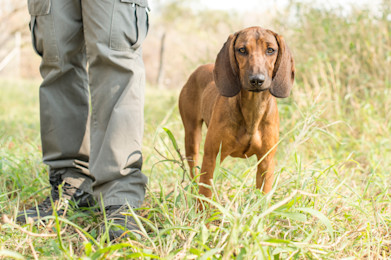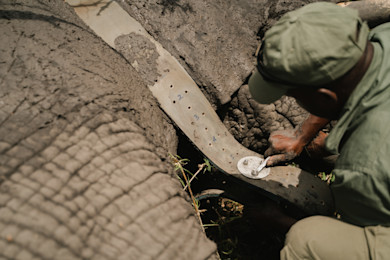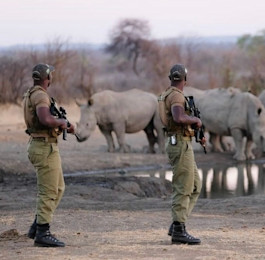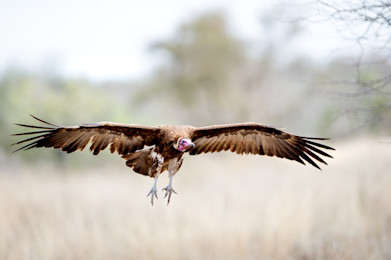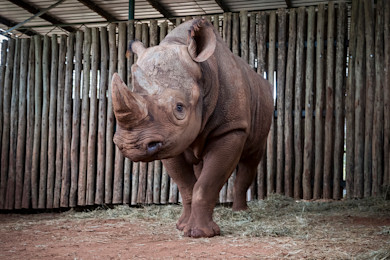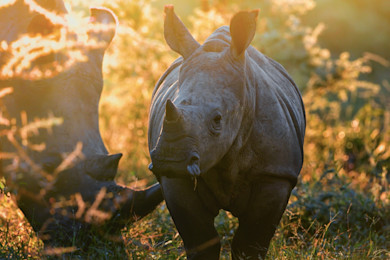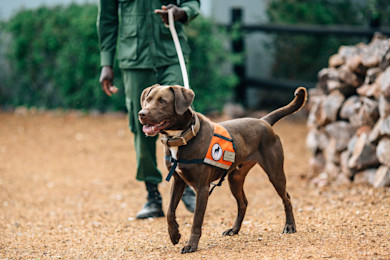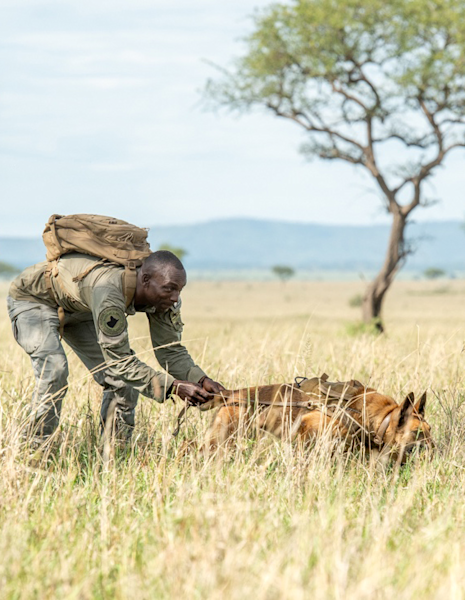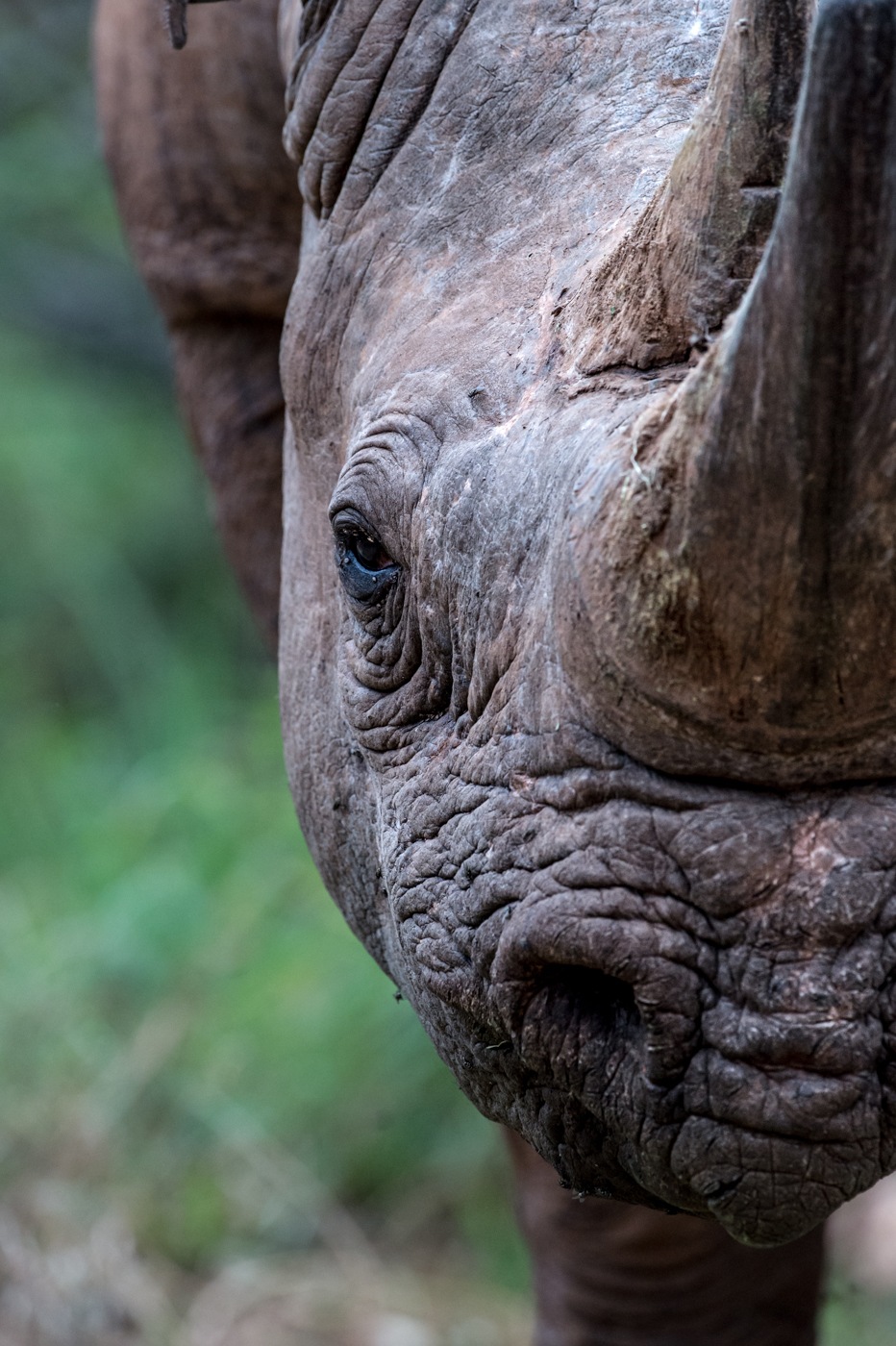
Anti-poaching Technology
The current escalated levels of desire for high-value wildlife products such as rhino horn, elephant ivory, lion bone and pangolin scales has driven the illegal hunting of these and other species to levels not seen in decades.
At the same time, the demand for protein to feed Africa’s burgeoning human population is driving an ever-growing market for illegally-harvested bushmeat. Together, these industries threaten the very existence of the continent’s unique protected areas and remaining wildlife.
Maintaining the integrity of our reserves and the fragile ecosystems that exist within them is, therefore, a primary concern for the conservation teams, with anti-poaching operations a critical part of our effort to stem the tide of this illicit trade.
In this context, nothing can substitute a traditional well-trained, well-motivated and well-resourced team of anti-poaching scouts. However, through innovative deployment of high-tech modern technology, we can significantly increase their effectiveness.
In Tanzania, the Grumeti Fund a few types of highly innovative technologies in order to assist the anti-poaching teams to successfully protect the land under their watch:
- Drones Reconnaissance drones are used for surveillance purposes and are capable of operating 24/7 across the protected area.
- Night Vision Elite scouts are equipped with cutting-edge night vision technology, enabling them to work undetected throughout the night.
- Domain Awareness System The Domain Awareness System is a high-tech tool that allows us to collect and collate data across various departments.
- TrailGuard TA new technology being implemented at Grumeti involving a series of covert cameras synced with the DAS.
How does it work?
chevron-right
How can I support this project?
chevron-right
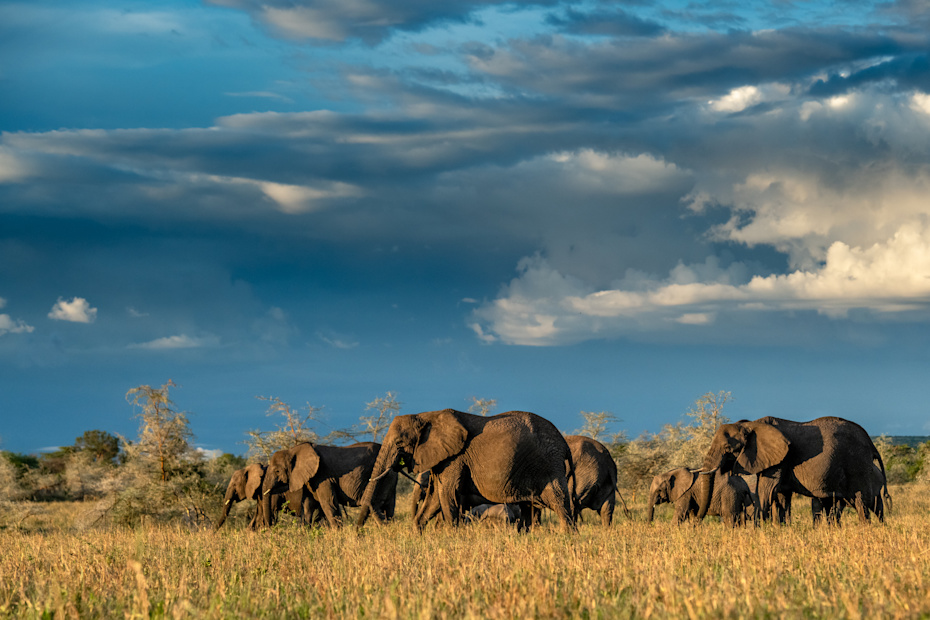
Anti-poaching Technology
BiodiversityShare:
Conservation Partner
Grumeti Fund
As the custodian of more than 350,000 acres of the world-renowned Serengeti ecosystem in Tanzania, Singita’s partnership with Grumeti Fund has had a profound impact on the Serengeti ecosystem. The non-profit Grumeti Fund carries out wildlife conservation and community development programs in and around the Singita Grumeti Reserve.
Faced with challenges including uncontrolled illegal hunting, rampant wildfires and spreading strands of invasive alien vegetation when they took over the management of the area in 2003, the Fund dedicated itself to transform severely depleted wildlife numbers into thriving populations once more. Restoring this once barren and highly degraded region to a flourishing wilderness, their successes include the remarkable recovery of many species – including buffalo, wildebeest and elephant populations, and in 2019, the Fund carried out the largest single relocation and reintroduction of 9 critically endangered Eastern Black Rhino.
The non-profit Fund is fiscally independent in its conservation and community project operations. Funds are derived in the form of donations from Singita guests, NGOs and philanthropists seeking to make a lasting contribution to the sustainability of conservation work in Africa.
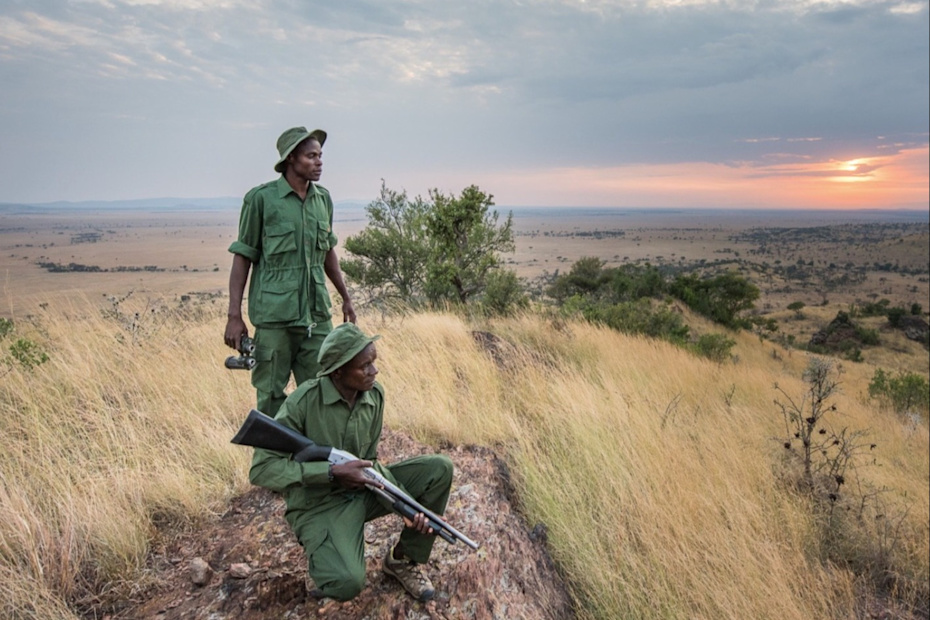
Other Biodiversity Projects
AllTanzaniaSouth AfricaRwandaZimbabwe
AllTanzaniaSouth AfricaRwandaZimbabwe

